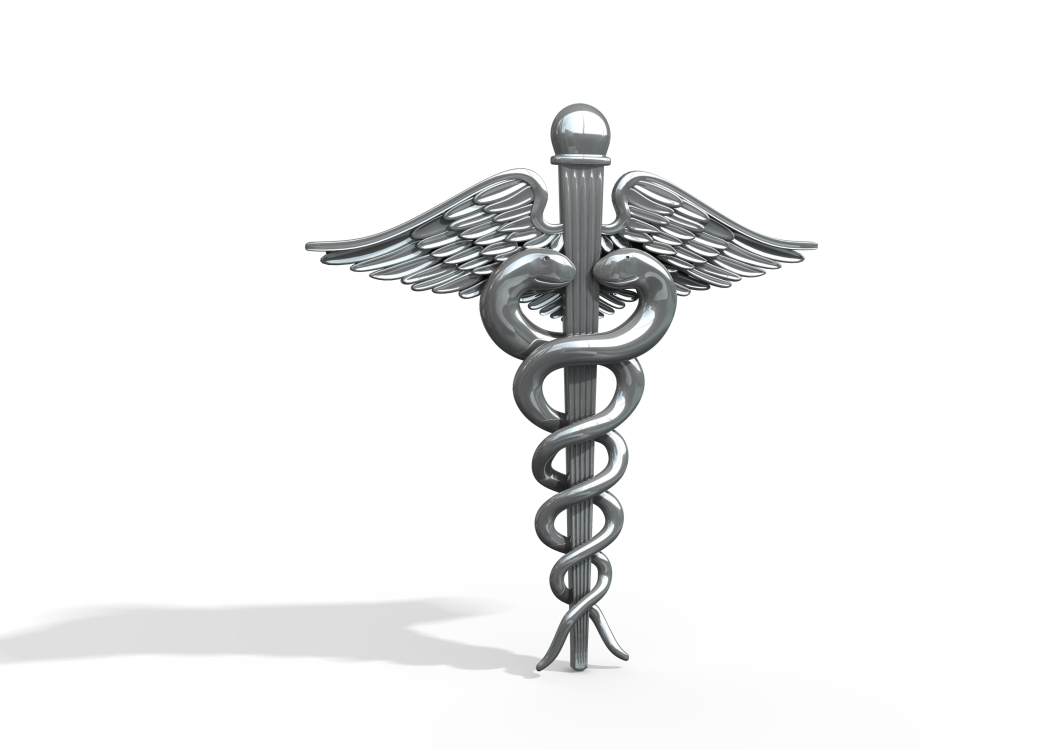
Josiah Bartlett

New Hampshire militia used Bartletts' doctoring skill.
Enemies destroyed his house to the ground, but not his will.
Josiah Bartlett was a Congregationalist as identified by The Congregationalist Library. He was born in Amesbury, Massachusetts, to Stephen and Hannah-Mary (Webster) Bartlett. His paternal grandparents were Richard and Hannah (Emery).
Josiah became an all-round country physician widely known because of his diagnosis and treatment of a malignant and prevalent disease of the throat, "black canker." As he experimented with Peruvian bark and other non-conventional medicines, he gradually began to reject accepted pathology and treatment of many diseases.¹
In 1774, Bartlett began his work with the revolutionary leaders of the colonies. As a delegate in 1775-76, he was the second to sign the Declaration just after John Hancock. Soon after signing, he received a warning that he should stop his "pernicious activity;" and not long after that, his house was set on
fire and burned to the ground, causing his family to flee for safety. This strengthened his resolve against the British mobards, and his wife Mary supported his resolve whole heartedly.
by Ole Erekson, Engraver, c1876, Library of Congress
Bartlett later served as Chief Justice of New Hampshire's Supreme Court and Governor of the state. He built a new home on the same site that had been on fire, and things were starting to look up.
When his wife died in 1789, Josiah was torn apart inside. By his own admission, he was broken by grief; and the added responsibility in taking care of the household was more than he could handle.
His son Ezra graduated from Dartmouth the next year, and Josiah was obliged to deliver the commencement address. Dartmouth conferred upon him an honorary degree in medicine. The next year, he obtained a charter for the New Hampshire Medical Society and drafted its first constitution and by-laws. He became its first president.
The charter of the New-Hampshire Medical Society, which has the note: "Incorporated by act of the state of New Hampshire, Feb. 16, 1791. "
KNOW YE, THEREFORE that We, considering the premises and being willing to encourage the laudable and charitable design of spreading Christian knowledge among the savages of our American wilderness, and also that the best means of education be established in our province of New Hampshire, for the benefit of said province, do, of our special grace, certain knowledge and mere motion, by and with the advice of our counsel for said province, by these presents, will, ordain, grant and constitute that there be a college erected in our said province of New Hampshire by the name of Dartmouth College, for the education and instruction of youth of the Indian tribes in this land in reading, writing, and all parts of learning which shall appear necessary and expedient for civilizing and christianizing children of pagans, as well as in all liberal arts and sciences, and also of English youth and any others. And the trustees of said college may and shall be one body corporate and politic, in deed, action and name, and shall be called, named and distinguished by the name of the Trustees of Dartmouth College.
Author : New-Hampshire Medical Society.
Title : The charter, by-laws, regulations and police of the New Hampshire Medical Society, with a list of the officers, fellows, and honorary members for the year commencing in June, 1831. Published by order of the Society. Published : Concord, Printed by Fisk & Chase, 1831. Provided on the Internet by Dartmouth College Government Documents.
¹(Levi Bartlett, Sketches of the Bartlett Family in England and America (1875-76); Robert Waln, Jr. Biog. Of the Signers to the Declaration of Independence (2nd ed., 1828), III, 123; E. C. Burnett, Letters of Members of the Continental Cong. (1921-23); J. Farmer and J. B. Moore, "Collections, Hist. And Biog. Relating to N.H.," in N.H. State Papers, vol. XXII, index; J. B. Walker, Hist. Of N.H. Convention for Ratif. Of Fed. Constitution, 1788 (1888), "Presidential Address and Sketch of Josiah Bartlett, " by Thomas Luce in N. H. Medic. Soc. Proc., 1926)
²Wives of the Signers: The Women Behind the Declaration of Independence, by Harry Clinton Green and Mary Wolcott Green, A.B. (Aledo, TX: Wallbuilder Press, 1997). Orignaly Published in 1912 as volume 3 of The Pioneer Mothers of America: A Record of the More Notable Women of the Early Days of the Country, and Particularly of the Colonial and Revolutionary Periods (New York: G.P. Putnam's Sons). Pages 10-14.
http://homepages.rootsweb.com/~cst/bartlett/josiabio.htm http://thedeclarationofindependence.org/JosiahBartlett.com/
Robert G. Ferris (editor), Signers of the Declaration: Historic Places Commemorating the Signing of the Declaration of Independence, published by the United States Department of the Interior, National Park Service: Washington, D.C. (revised edition 1975), page 39-41.
These things I have spoken unto you, that in me ye might have peace. In the world ye shall have tribulation: but be of good cheer; I have overcome the world.
John 16:33